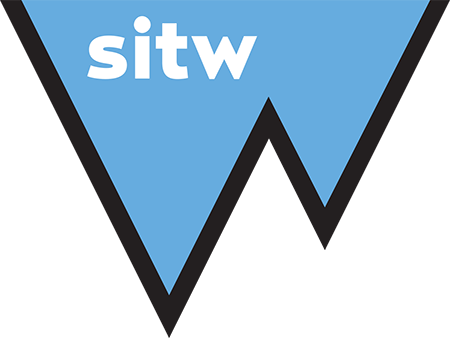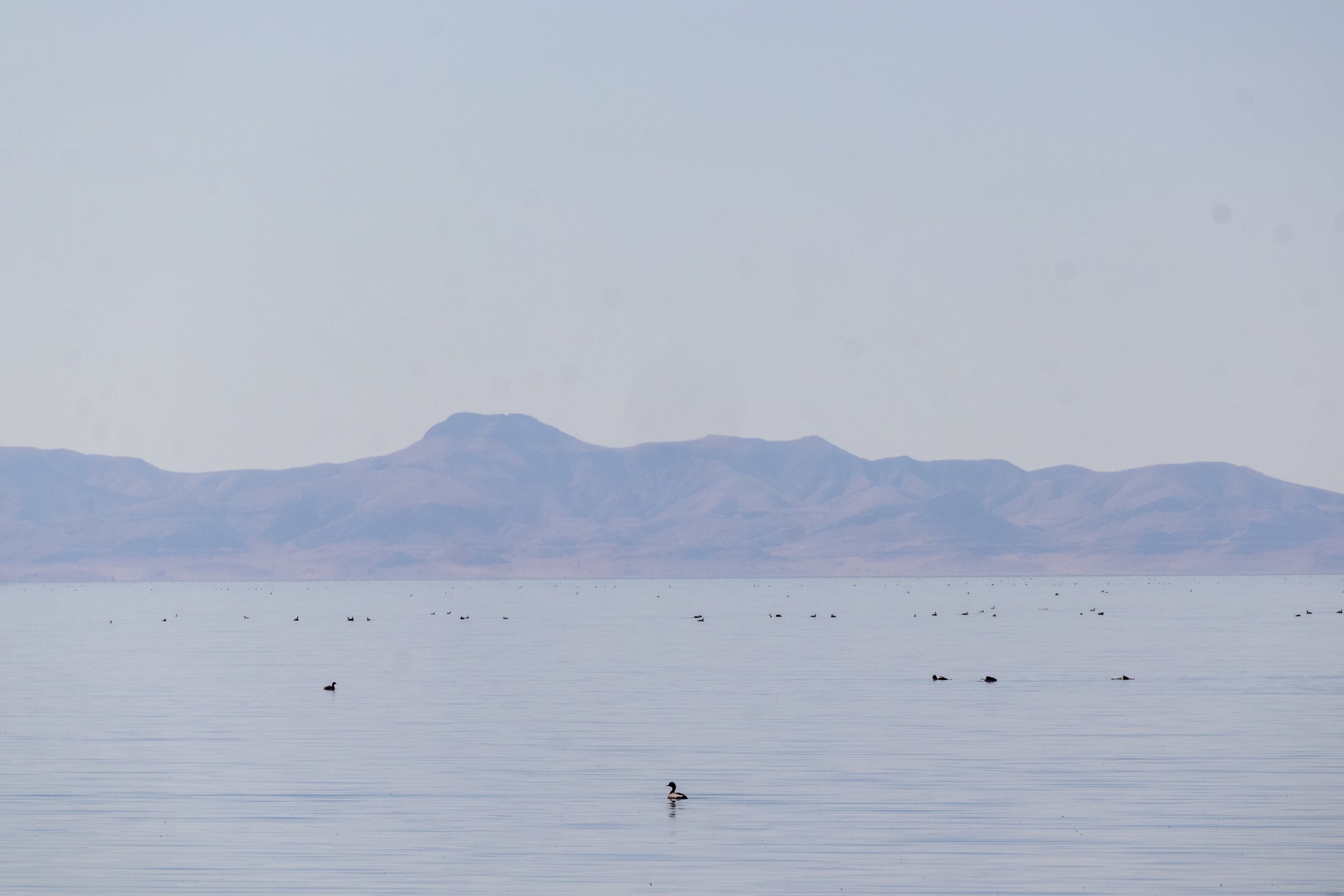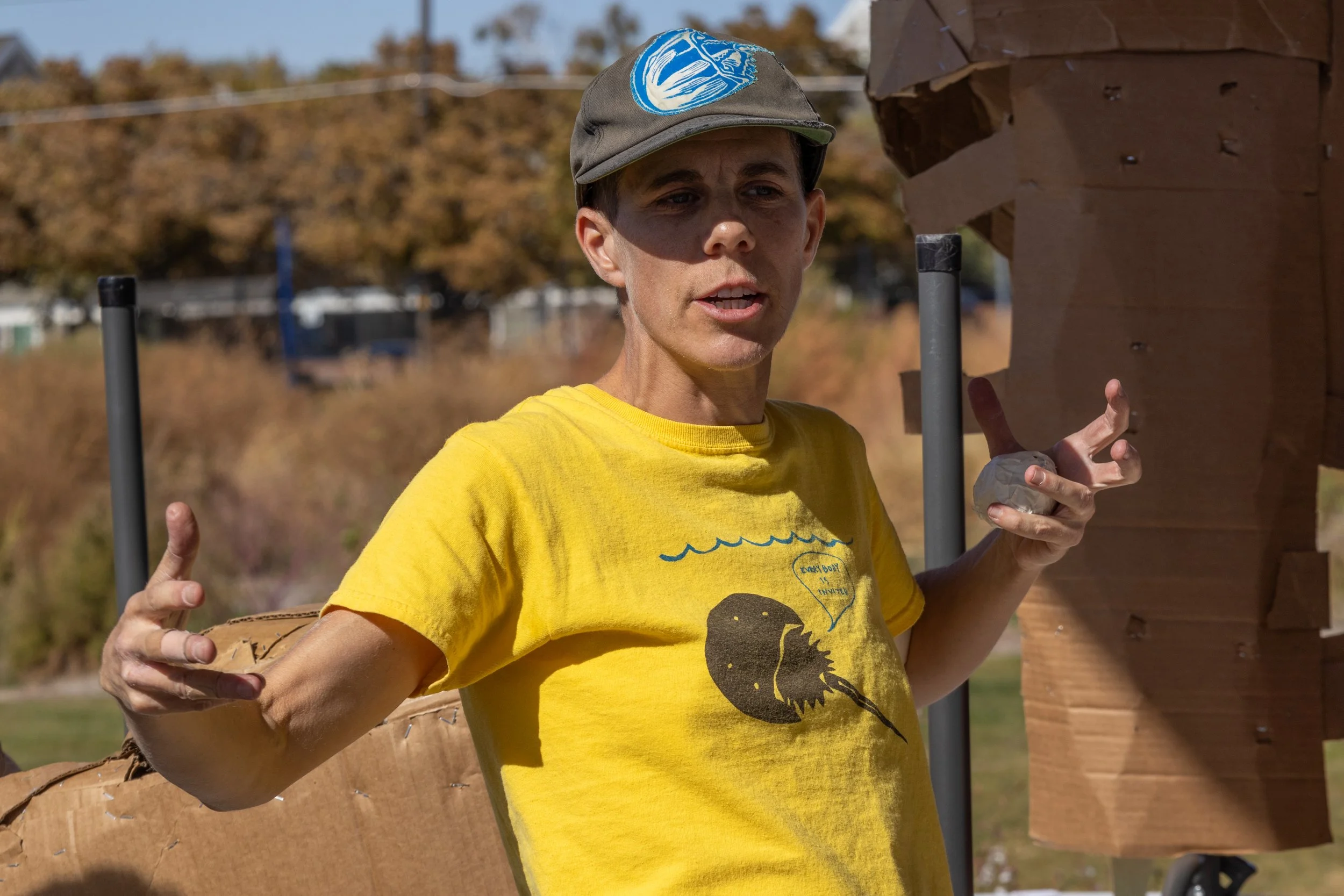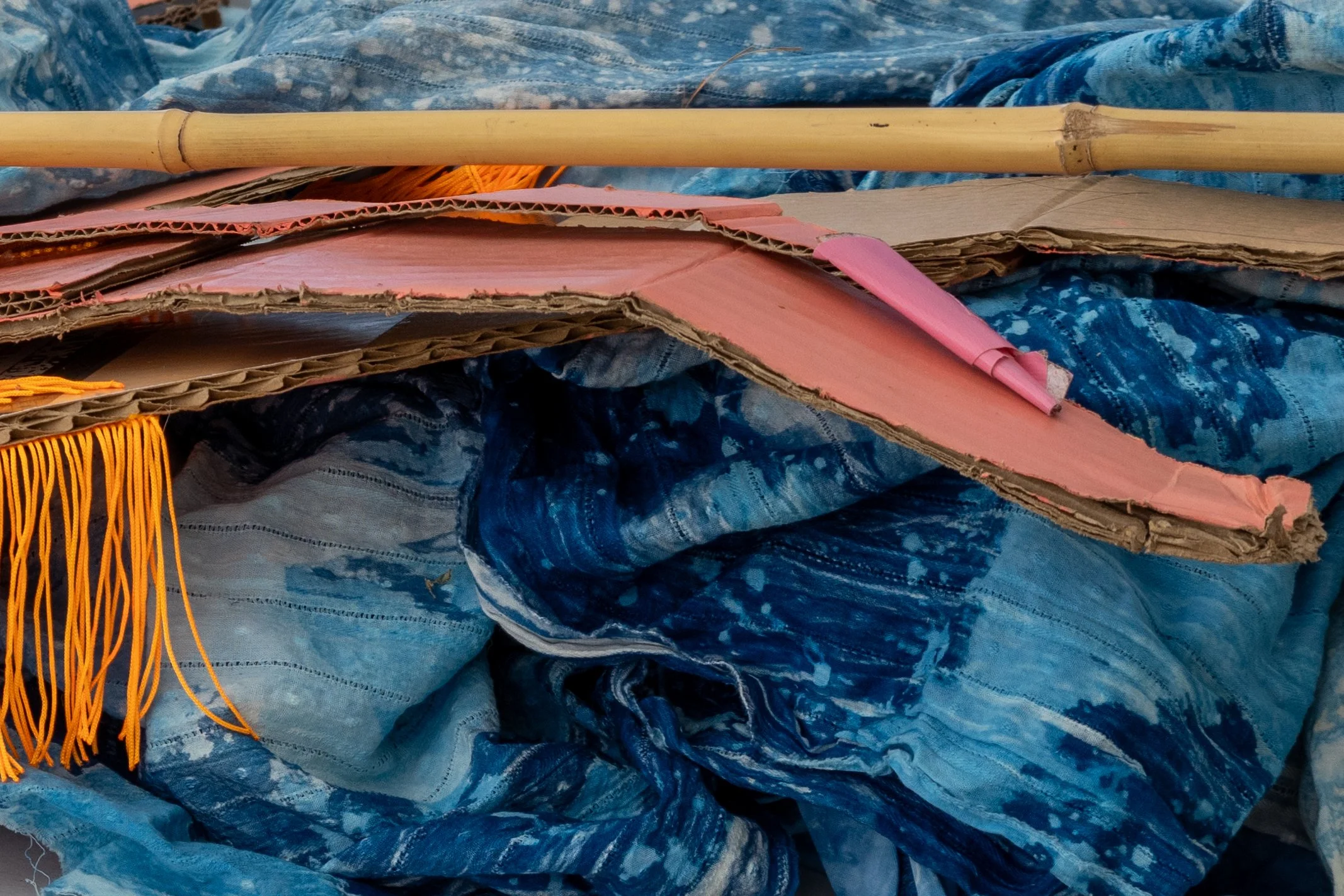This is a story of reimagining kinship through Wilson’s Phalaropes’ queer dance.
Belly down by the water’s edge and face-to-shrinking shoreline, crystalline salt cradles my chin. I watch intently as slender-necked shorebirds pirouette across the banks of Utah’s Great Salt Lake. In synchronistic spirals, each bird creates a vortex, bringing fairy-bodied brine shrimp to the water's surface, stirring them from their sunken rest in the lake’s briny abyss.
Wilson’s Phalaropes dance for survival. They must eat enough brine shrimp to fly the nearly six thousand miles to the coast of Laguna Mar Chiquita, a small saline sea in Argentina. Born onto the soft-sanded shores of South America, the fluffy chicks emerge in the care of their father. One by one by one. Once a female Phalarope lays her eggs, she leaves the father to incubate and raise the chicks on his own. Meanwhile, she goes off to pursue other mates. In a single breeding season, a female may have up to four male mates, leaving each with the gift of fatherhood. Wilson’s Phalaropes are gender-benders. These birds are “delightfully queer.”
I wonder if the chicks’ fathers tell them about a time when the silvery sagebrush reached deep water. I wonder if he tells them about a time when the water’s surface was large enough to catch the setting sun. If he looks out now and sees the parched earth and Great Salt Lake’s skeletal shores, I wonder if he feels a deep-bone ache wishing for a landscape that may never return.
(Breathe)
(Slow down)
To the tune of “When the Saints Go Marching In:” Oh when the birds / Go flying in / Oh when the birds go flying in / Oh I will go to be with that water / Oh when the birds go flying in…
A smile stretches across my face as an ode to the Great Salt Lake flows from my lips. Each hand, sticky with glue, fuses to my neighbors’—bonded in joy. A paper mache Phalarope perches atop my head, delicately wobbling as I warble.
Pelicans, Brine Shrimp, Greebs, and Phalaropes join in procession. A cardboard cacophony. An indigo-dyed silken wave flutters in the wind. We circle an older woman playing accordion and sway back and forth in song. When the life of a lake we love is at stake, we express our gratitude. We are more-than-individuated, more-than-human.
Eli Nixon, a self-described “settler-descended transqueer clown,” is a “cardboard constructionist and a maker of plays, puppets, parades, pageants, and low-tech public spectaculah.” They are the organizer of this public display of affection for the Great Salt Lake. Eli’s art springs forth from homage, honorary action.
Pretend. Before tending. Eli asks, “Can we pretend our way into tending?” Pretending they’re a bird helps them to slow down. To remember water. To remember the lake.
First, cardboard. Rejecting notions of disposability, Eli hunts for boxes in need of a new home, amongst forgotten dumpsters and alleys. They pause, listening to the trees from which the cardboard came, and follow their lead. A round head, a swooping neck, a beak, and two wings. Slowly, a cardboard Phalarope starts to take shape. Sculpting is reversible and informative, it comes with the grace of endless re-dos. In changing 2D to 3D, they invoke the magic of their mind. From cardboard, they learn shape-shifting and freedom. This is cardboard camaraderie. Cardboard connection.
Next, glue. Cornstarch and water boiled into a paste. Just the right consistency, not too drippy, not too viscous. When mixed, cornstarch and water form a non-Newtonian fluid, defying fundamental laws of physics. Even glue resists rigidity.
Then, paper mache. Newspaper strips layer one on top of the other, interlocking. Each joint creates a stronghold. Eli turns printed ads promoting ceaseless consumerism inwards, away from view. With a little glue, the paper strips soon become armor, solidifying the bird beneath.
Last, Naturedrag. A different kind of drag, a third form. Not the kind of drag that aggressively reinscribes binaries, leaving Eli to wonder “a way into the joy that performers experience.” Not drag queen or king, but more-than-human drag kin. The Phalarope occupies Eli. They disrupt their sense of self. They are older than gender, before and beyond gender. Running and flapping. Running and flapping. They exceed their daily mileage by some six thousand miles. They find their pace, following the tide, the sun, and the moon. They are humbled by language-less-ness.
All hands join in. Done and undone, born anew in pieces of cardboard and strips of paper mache, Eli shares the gift of Naturedrag with us. As we open our mouths to imitate the birds, the wind, and the Great Salt Lake, a Phalarope circles above. She calls. The mystery of her voice exists on a wavelength our brains cannot understand. Lost in translation.
Why are we so earthbound? We can build planes and giant balloons, but we fail to fly when we flap our meaty little arms. Just as we get the hang of our imagined wings, the twang of our weary bodies tells us we have better things to do. Hitches in our steps. Cricks in our necks.
“What does the impossible look like?”
An impossible dance is a fresh suit of skin through which we molt into another form of human, bird, and freedom.
The dance is impossible because we are human, not birds. It is impossible because of our wingless, featherless body plan. It is impossible because it unsettles our notion of kin.
Eli asks, “Can we use this embarrassment to shift the weight of our feet on the land? Can we go so deep into the embarrassment that it becomes something else—grief, joy, awe, solidarity? Can this bumbling act of embodied recycling open new portals to ancestral recognition? Can we use it to see these creatures and each other anew?”
In experiencing new ways to move our human bodies, we molt. We shed our humanity, destabilizing bipedal dominance. Two animals collide. We meld our human and non-human forms together as if to become one queer entanglement.
There are secrets revealed in synchronistic spirals—dancing, feeding, undulating. If we care to look closely enough, the Wilson’s Phalarope has something to say. Perhaps not in English, perhaps not in any language we will understand—unless we join their queer dance.



